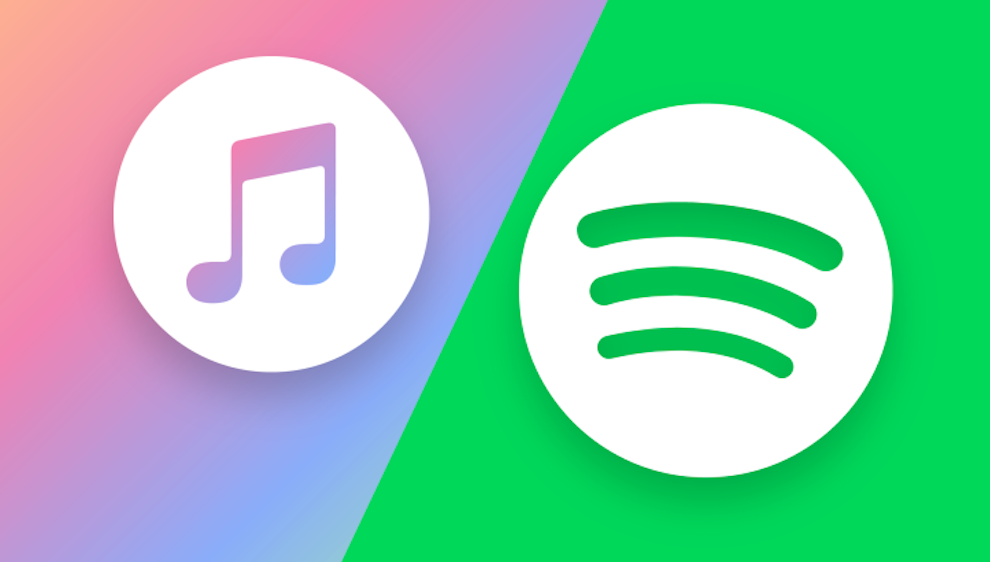Micropayments, music rights, & the mission to pay our artists [op-ed]
![Micropayments, music rights, & the mission to pay our artists [op-ed]](https://images-r2.thebrag.com/tmn/uploads/surprise-albums-streaming.jpg)
In entertainment, the powerful always profit. A plethora of examples serve as evidence to this — from Taylor Swift recently losing ownership of her masters, all the way back to 1985, when Michael Jackson controversially purchased the entire ATV Music catalog for $47.5 million, giving him ownership over songs by the Beatles, Bruce Springsteen, Elvis, and the Rolling Stones.
With instances of famous and successful artists being victimized by power imbalances in the music industry, how do we expect independent artists to succeed?
The dawn of the internet gave rise to the concept of digital music sharing for the first time, beginning with Napster’s model of a free peer-to-peer sharing network. Today, consumer-facing apps have revolutionized how we access music.
As tech innovation continues to disrupt the music industry time and time again, in the midst of this, it seems compensation for artists continues to fall by the wayside.
Streaming and Stealing
iTunes attempted to create a marketplace for music from which owners of the music would be paid, but was hindered by high user costs.
Platforms such as Apple Music, Spotify, Pandora, and Tidal then aimed to provide all-you-can-eat access to streamed music for a more affordable cost. Conveniently, these new platforms would also handle pesky royalty payments to artists on the user’s behalf.
But even these platforms are not free from corruption; Spotify has fallen victim to bots causing them to play the music of specific parties to boost chart position, market share, and royalty payouts.
Further to this, most streaming services pay royalties to the holder of the music rights, which, sadly, is often not the artist. To add insult to injury, streaming services acting as middlemen inevitably hold back a high percentage of the profits for themselves.
In the case of Spotify and Apple Music in particular, about 70% of the revenue goes to music rights holders under a questionable allocation system. Further to this, a report from Citigroup shows that in 2017, artists only received 12% of the total revenue made by the music industry.

Micro-Pay for your Music
Centralized platforms, combined with powerful music rights holders, are the gatekeepers of the music industry’s money, with artists low in the pecking order of priorities. Many of these issues could be solved with a pay-as-you-stream model, in which users pay affordable amounts directly to the artist as they consume music.
However, this model has not been achievable because the exorbitant credit card transaction fees make the transactions for each music stream unaffordable. Furthermore, centralized models require expensive middlemen to connect artists to listeners (hence the reliance on today’s streaming platforms).
Despite this, there is the potential to re-monetize and re-democratize music for artists by leveraging advanced distributed ledger technology (DLT) and cryptocurrency. DLT cuts out middlemen by connecting artists to listeners directly, and uses cryptocurrency payments in lieu of credit card transactions.
As a result, DLT offers the unprecedented opportunity to utilize micropayments for art and entertainment.
Using an algorithm called hashgraph, a DLT offering high performance and the gold standard in security, a new platform called ‘Tune.fm’ has achieved a music model in which consumers pay tiny amounts, fractions of cents, in cryptocurrency, as they consume music.
Micropayments can also improve data privacy. With affordability as a significant issue in the consumption of music, many users fall victim to ‘free’ models, in which they can access music in exchange for their data. This data is then monetized by the platform in question, used for targeted ads, and shared with third parties.
By eliminating middlemen and paying artists directly, DLT enables a business model that need not rely on the monetization of consumer information.
Music Deserves More
Despite music’s enormous cultural impact, it continues to lack fair monetization. Photographers, designers, painters, and other artists have found ways to protect their creations and ensure their royalties while musicians, particularly independent musicians, have been left behind.
The industry is ripe for another phase of technological innovation and ready for a feasible, employable, pay-as-you-stream micropayment system. By bringing together music and cryptocurrency, we have the power to hit the right note and uplift artists on a global scale.


































